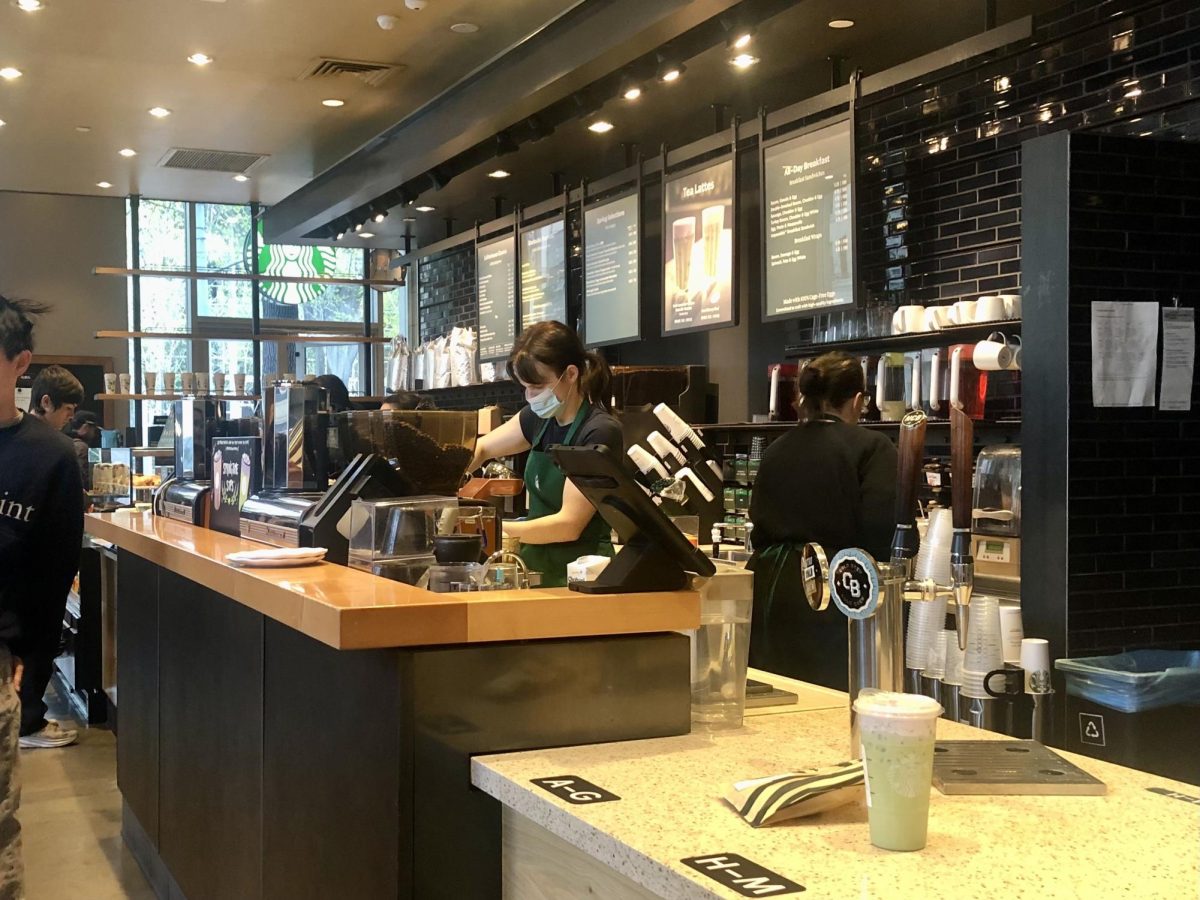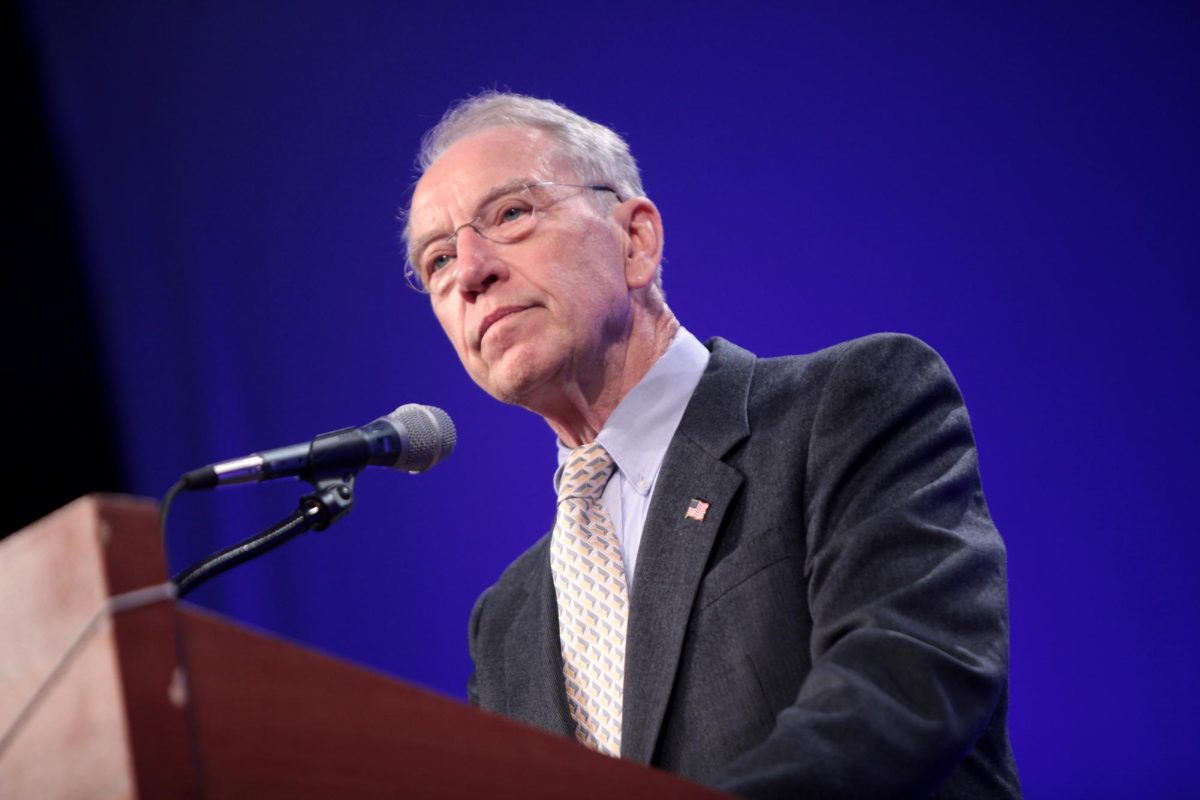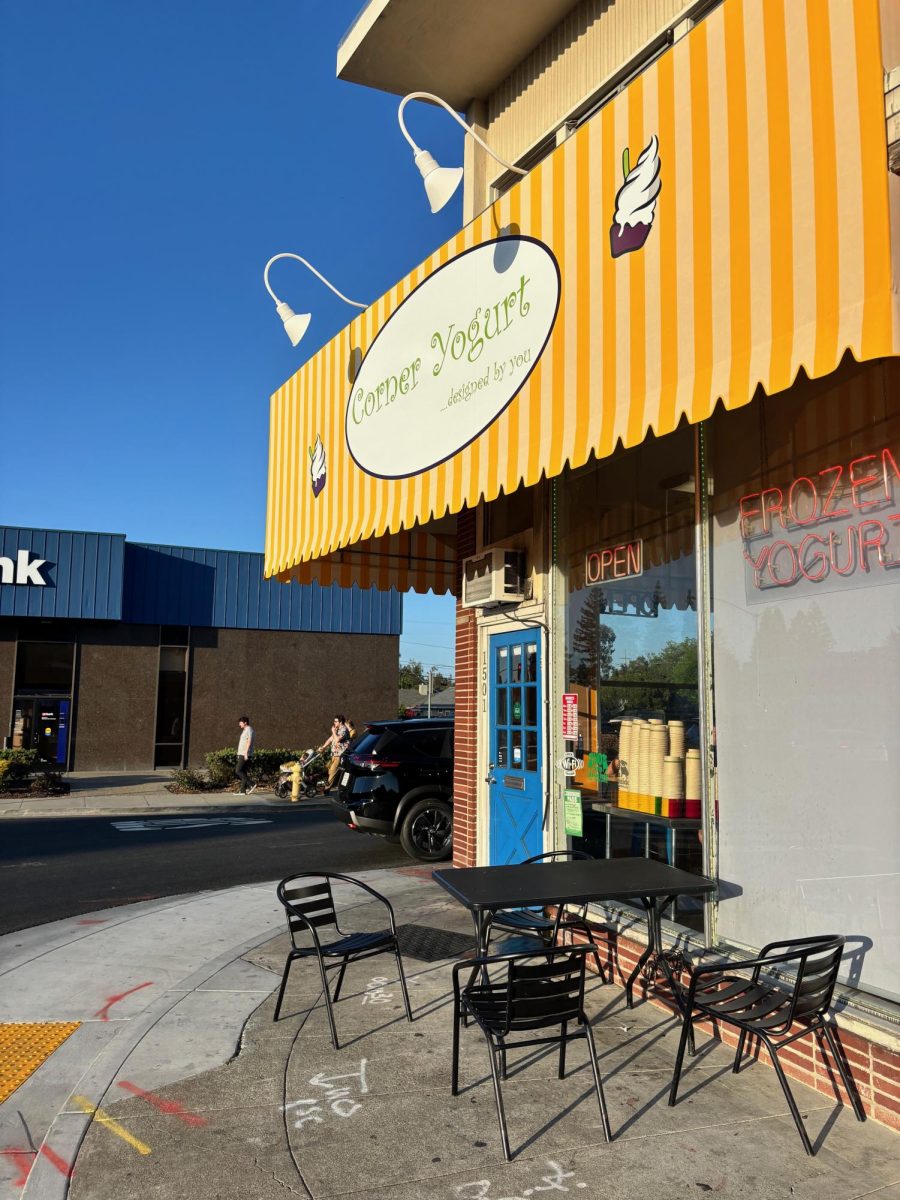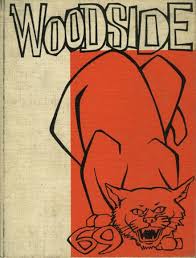
Woodside High School’s class of 1969 plans to hold its 50th reunion on September 7, 2019. A lot has changed over the years, leading many to wonder what Woodside was once like and how it has changed over time.
According to US News, 62 percent of Woodside’s students are from minority races. Back in the day, they used to bus people in from across the county to gain diversity, as the student body was primarily Caucasian.
“It was mostly a white, semi-rich-kid school,” a 1969 Wildcat, Bob LeBlanc, recalled. “I can only remember maybe 21 kids from minorities, and that’s a big maybe. That is a huge reason why they started bussing people to Woodside, to help with diversity.”
Another huge change is Woodside’s traditions. One antiquated example is Slave Day, which was a common until around 1971.
“It was a day where you could buy pom pom girls [cheerleaders] and popular kids, and they would be your slave for the day,” reflected fellow 1969 Woodside graduate Ron Jordan. “Carry your books, walk you to class, etcetera. We thought it was fun, and I remember we would save up our money for it. But, looking back on it, it was kind of crazy.”
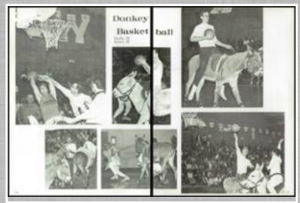
Pictures from the yearbook of Donkey Basketball Night.
There was also Donkey Basketball, a night in which senior students would play basketball against teachers on donkeys.
“This was not a unique thing,” Jay Harvey, a former Woodside Wildcat, said. “I was in San Antonio for my first high school years, and they had that. I believe there was a company that owned these donkeys, and they would ship them out to high schools all over the Bay Area. It was much more of a spectator’s sport.”
The rules enforced by the administration were also altered with the times. For example, there used to be a designed smoking patio for seniors. Now, however, it is illegal to smoke within 20 feet of a public building, such as a high school, where minors are present. The curriculum has also succumbed to the changing times: students were once taught to march during their Physical Education (P.E.) classes.
“The P.E teachers… were old army guys, and with all the current events of the time [such as the Vietnam War], they thought we needed to know how to march,” LeBlanc explained.
All these aspects of daily life, from diversity to school administration and traditions, may seem absurd now, but, back in 1969, they were fairly normal.
“I would compare it to a movie called American Graffiti,” Harvey decided. “You know at the time you are just doing normal teen things, but looking back, the time was really goofy.”


